Only $99 for a full year!
No credit card required
Rank on Google's first page in 3 months
The Essentials of Keyword Mapping for SEO Success
Feb 07, 2024 | user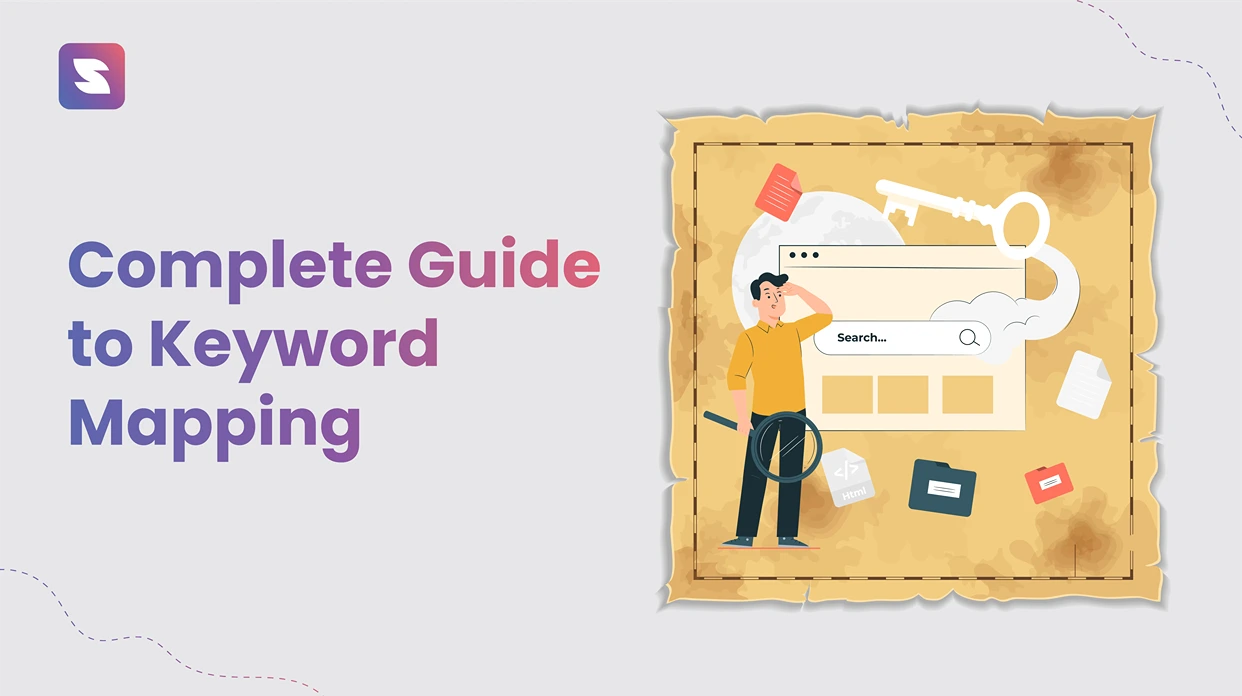
What is SEO Keyword Mapping?
SEO Keyword Mapping is assigning specific keywords to appropriate pages on your website based on detailed keyword research. This strategic approach organizes your keywords effectively and aligns your content with user search intent, enhancing site structure and SEO performance.
If you want to achieve optimal results when it comes to keyword mapping, then you need to be familiar with the step-by-step strategy required for the process.
This guide explains keyword mapping, highlights its benefits and outlines the step-by-step process. You’ll also get a free keyword mapping template as a bonus to help you implement the strategy.
What Is Keyword Mapping
Imagine you’re planning to go on a trip. You wouldn’t just jump in your car and start driving without a map, would you?
In Search Engine Optimization (SEO), Keyword Mapping is that map. It’s a strategic process where you map keywords to specific pages on your website.
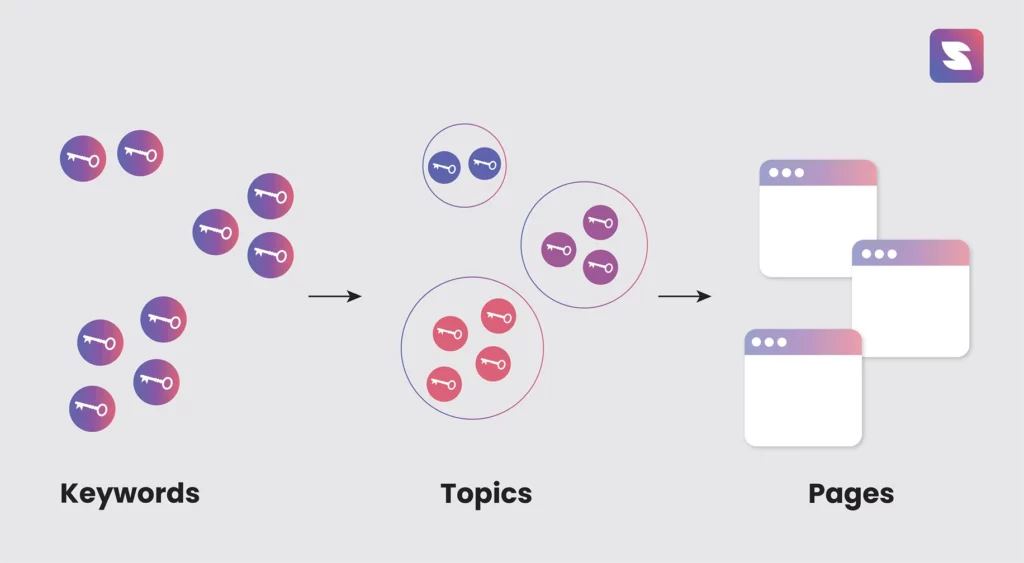
This is the process of keyword mapping. It’s about carefully selecting keywords your target audience is searching for and aligning them with the content on your website. The goal is to ensure that your page shows in the SERPs result when someone searches for something related to your offer.
It involves a few key steps:
- Keyword Research: This is where you dig into what your potential customers are searching for. Tools like SuiteJar or Google’s Keyword Planner can help you find these search terms.
- Analyzing Search Intent: After you have the list of keywords, you must understand why someone would search for them. Are they looking to buy something? Or maybe they want information?
- Assigning Keywords to Pages: With your keywords and their intent in hand, you match them to the most relevant pages on your site. Each web page should focus on a primary and several related secondary keywords.
The Importance Of Keyword Mapping In SEO
For instance, a study by HubSpot found that updating and optimizing old blog posts with updated content and keywords can increase organic traffic by as much as 106%.
Keyword mapping helps websites rank higher, provide a better user experience, and capture more traffic. You’re laying the foundation for a successful SEO strategy that aligns perfectly with your audience’s search intent.
We can discuss some of the benefits of keyword mapping in SEO.
- Enhances Site Structure
A website structured around a clear keyword map makes it easier for search engines to crawl and index. This organization helps search engines understand your site’s hierarchy. It also ensures that the most essential pages rank higher in search results.
- Improves User Experience
A keyword-mapped site caters to user intent. It also leads visitors directly to the information they seek without unnecessary detours. This seamless navigation reduces bounce rates and increases the time spent on your site.
- Boosts SEO
When you align your content with the specific keywords and phrases your target audience uses. You increase the relevance of your pages to those search queries. This relevance is critical to climbing the ranks in SERPs, making your website more visible to targeted visitors.
- Identifies Content Gaps and Opportunities
You can discover highly searched topics your site has yet to cover through keyword mapping. This data allows you to create relevant content that fills those gaps, tapping into new audiences and driving additional traffic to your site.
- Prevents Keyword Cannibalization
With a clear keyword strategy, you can avoid multiple pages targeting the same or similar keywords. Keyword mapping helps assign unique primary keywords to each page. It also helps ensure they complement rather than cannibalize each other’s chances of ranking.
- Facilitates Better Content Planning
With a comprehensive keyword map, planning your content calendar becomes a more strategic and focused process. You can prioritize content creation based on keyword importance, search volume, and competition. It ensures your efforts are directed where they have the most impact.
- Enables More Effective Internal Linking
A keyword map provides a blueprint for creating internal links between related pages on your site. This enhances user navigation and distributes page authority throughout your site. It also boosts the SEO value of individual pages.
As we have discussed the benefits of keyword mapping, we can now examine the complete step-by-step guide.
Step-by-Step Guide To Keyword Mapping in SEO
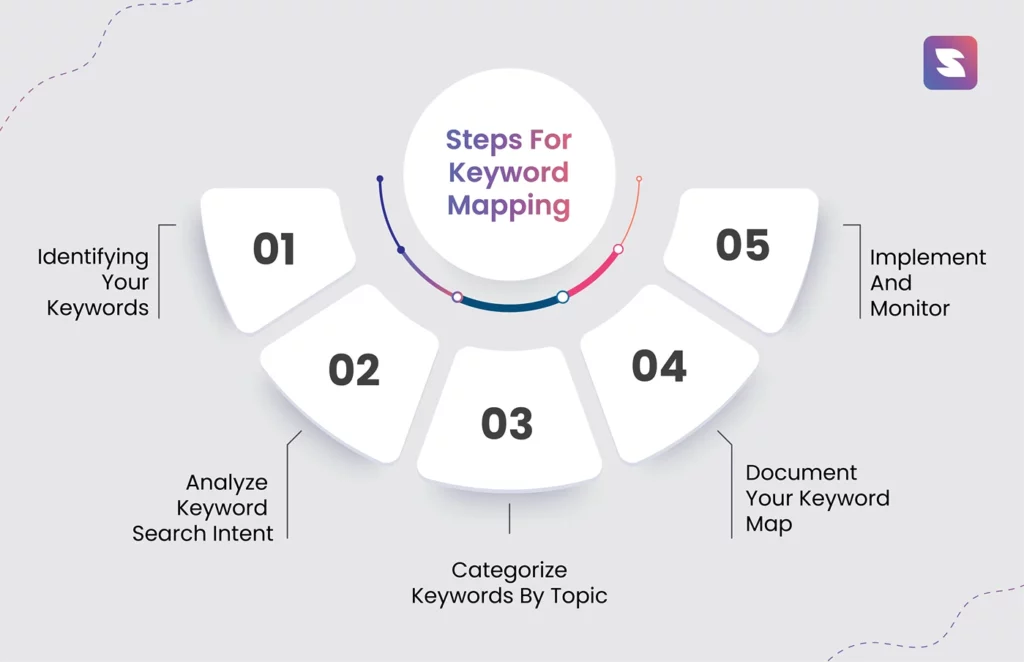
Here’s the simple step-by-step process in keyword mapping, and you have to do it with the proper implementation.
Step 1: Identifying Your Keywords
Initiate the process by identifying a broad list of keywords relevant to your site’s content.
Utilize a keyword research tool to discover broad (seed) and specific (long-tail) keywords. Aim to gather a diverse list that captures various search intents and volumes.
You can also check out the relevant keywords that your competitors use. But prioritize to get keywords based on your overall keyword strategy.
Step 2: Analyze Keyword Search Intent
For each keyword, determine the underlying search intent: informational, transactional, or navigational. This classification helps align keywords with the most appropriate content.
Also, ensure that your site meets the specific needs of searchers.
- Informational Intent: Users seek knowledge or information. Keywords often include “how to,” “what is,” or “guide.”
- Transactional Intent: In transactional intent, users are ready to buy or take a specific action. Look for keywords with “buy,” “deal,” “discount,” or specific product names.
- Navigational Intent: Users want to find a particular website or page, typically including brand or product names.
By effectively analyzing and categorizing your type of keywords based on search intent. You can write quality content that meets the requirements of your audience.
Step 3: Categorize Keywords By Topic
Organize your keywords into categories that reflect your website’s content structure. This step is crucial for visualizing how keywords fit into your site’s hierarchy. And identify the primary topics your content should address.
- Review Your Keywords: Start by examining your keyword list for recurring themes and subjects.
- Identify Core Themes: Pinpoint broad themes representing your website’s main content pillars.
- Create Subcategories: Break down each core theme into more specific subtopics for targeted content.
- Structure Hierarchically: Arrange themes and subtopics in a hierarchy that reflects your site’s navigation. It ensures a logical flow from general to specific content.
- Align with User Intent: Match each category with your audience’s search intent for content relevance and engagement.
- Document Everything: Use a spreadsheet to map your categories and their corresponding keywords. It serves as a blueprint for content development.
Organizing keywords into these systematic categories creates a structured foundation for a user-friendly and SEO-optimized website. Then, your content strategy effectively meets the needs of your target audience.
Step 4: Document Your Keyword Map
Create a detailed keyword map in your spreadsheet, listing page URLs, their assigned primary and secondary keywords, and notes on any identified content gaps. This document is a strategic blueprint for your ongoing SEO and content efforts.
Use Excel, Google Sheets, or any spreadsheet application for easy access and collaboration.
- List URLs: List all page URLs you plan to optimize, including those for existing content and planned pages to address content gaps.
- Assign Keywords: For each URL, specify the primary keyword it targets and any relevant secondary keywords. These should align closely with the content and help get a broader search query range.
- Identify Content Gaps: Mark any areas where your content does not fully meet the needs suggested by your keyword research. Note these gaps for future content development.
- Keep It Dynamic: Treat your keyword map as a living document, updating it as your content strategy evolves, new keywords emerge, and you refine your SEO goals.
- Organize Efficiently: Use separate columns for URLs, primary and secondary keywords, and notes on content gaps, ensuring the document is clear and actionable.
- Regular Review: Review your keyword map to adjust and optimize based on new insights and performance data.
A well-documented keyword map serves as a concise blueprint for your SEO and content efforts, guiding the creation and optimization of your site’s content for better search visibility and user engagement.

Step 5: Implement And Monitor
With your keyword map as a guide, optimize your site’s existing content and develop new pages to target unaddressed keywords. Continuously monitor your site’s performance about the keyword map, making adjustments based on SEO data and insights.
Best Keyword Mapping Tools For SEO
If you want to do effective keyword mapping for your website, you can get help from a keyword mapping tool that helps provide better insights. You can choose a tool and identify important SEO keywords and queries you should be using, or you can also check deep into your competitor’s keywords.
Here, we can discuss the best three keyword mapping tools that help you in your keyword mapping strategy for your SEO.
1. SuiteJar
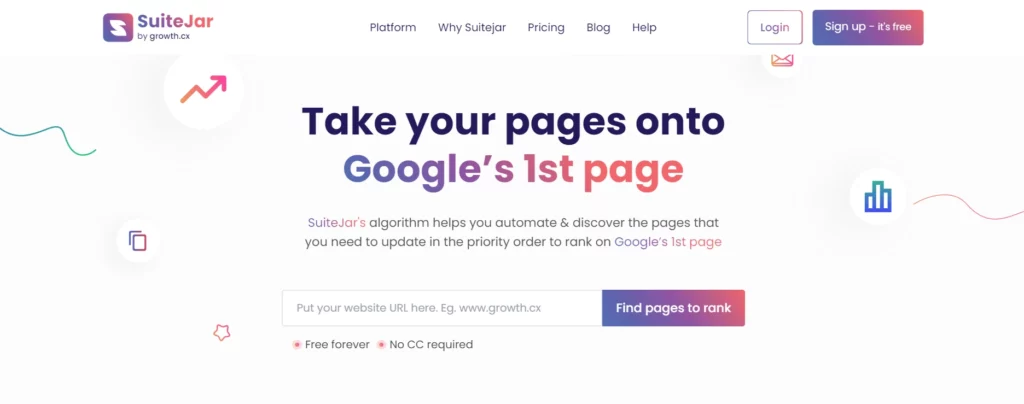
SuiteJar is an all-in-one keyword planner tool specifically designed for SEO experts. The tools offer a keyword planner feature that offers keyword volume, SEO difficulty, CPC, and paid difficulty.
You can search for the ideal keyword for your SEO strategy with keyword insights from more than 100 countries. And you will get to know whether the keyword trend is growing. If you need to export the data, the option is also available.

If you need to know your competitor’s keyword ideas, a competitor analysis feature comes. It provides you with a detailed analysis of your competitors’ websites. You will get insights into the type of keywords, search volume, competition level, traffic, CPC, organic ranking, overall ranking, and URL.
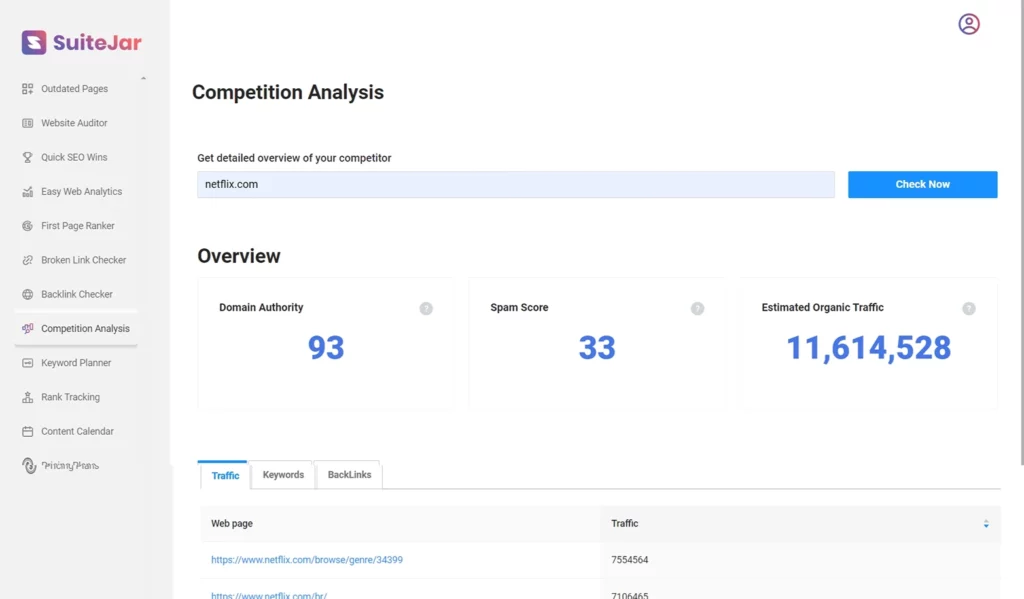

2. Ahrefs
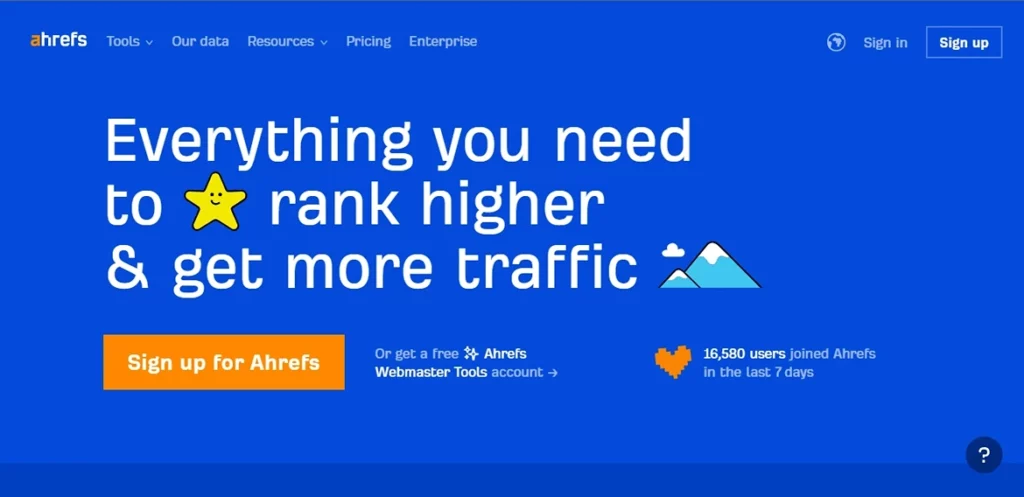
Ahrefs offers a complete tool suite that excels in keyword mapping. Its Keyword Explorer goes beyond mere volume and difficulty metrics, providing detailed insights into keyword trends, search intent, and SERP analysis.
The tool uncovers long-tail keywords and understands how specific keywords fit into your broader SEO strategy. Also, it is an excellent tool for anyone serious about ranking higher.
3. Moz

Moz is another SEO audit tool known for its user-friendly interface and comprehensive data. It offers keyword mapping and valuable metrics like keyword suggestions, SERP features, and organic CTR potential.
The tool makes its keyword mapping accessible to beginners and pros alike and ensures your content strategy is effective and aligned with your SEO goals.
Also Read: Top Keyword Research Tools in 2024
Keyword Mapping Free Template
We’ve provided a complimentary Keyword Mapping Template to assist in organizing your SEO efforts more efficiently.
You can rename the template as per your specific project needs upon accessing it. Begin by entering your keyword clusters, carefully selected based on search intent, including primary and secondary keywords, their total search volume, keyword density, and the corresponding target URLs.
The template also features columns designated for status updates and date entries, allowing meticulous progress tracking.
By following this systematic process, develop a complete list of target keywords for your website’s SEO strategy.

Conclusion
Keyword mapping isn’t just a one-time task. It’s an ongoing journey crucial for your website’s SEO strategy growth. Keeping your keyword map fresh and updated ensures all your content creation and optimization work pays off.
It is important to remember that finding an affordable SEO tool will allow you to pinpoint and pursue the right keywords precisely.
So, as your website evolves, let your keyword strategy evolve with it, steering your content toward greater visibility and success.

1 Comments
My Homepage says
2024-09-21 09:57:21... [Trackback] [...] Read More here: suitejar.com/blog/keyword-mapping/ [...]
